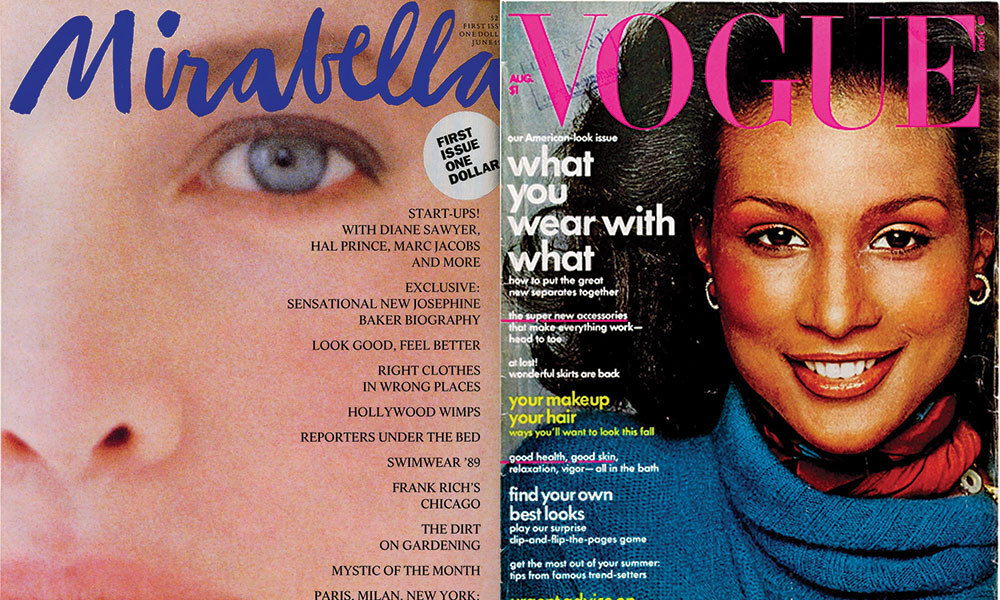When legendary fashion designer Karl Lagerfeld passed away in February, my thoughts naturally turned for a moment to the contemporary giants of fashion. Growing up on the Jersey Shore, I consumed fashion magazines ravenously, often attempting to recreate the edgy—and often ridiculous—1980s looks I found between the covers. Seventeen gave way to Glamour, which ultimately led me to Vogue. During those years, fellow Jersey girl Grace Mirabella helmed my favorite read. Indeed, the Skidmore College graduate would become one of the three most important forces in American fashion of the 20th century.
While her legendary predecessor, Diana Vreeland, was very much about fashion’s youth movement and its over-the-top fantasy, Mirabella was known for her more practical approach to fashion. Mirabella championed wearable US designers such as Geoffrey Beene, Donna Karan, Calvin Klein and Ralph Lauren, and filled the pages of Vogue with clothing that made sense for women balancing family and career. I remember, even as a teenager, prancing off to social events in the kind of double-breasted suit dresses and belted layers I undoubtedly saw during Mirabella’s tenure at The Fashion Bible.

In 1988, when Condé Nast Chairman S.I. Newhouse famously fired Mirabella—she found out thirdhand, from her husband, who’d seen TV gossip columnist Liz Smith break the news on New York’s local Live At Five afternoon broadcast—and replaced her with current Editor in Chief Anna Wintour, she lost no sleep embarking on her next chapter. With the backing of Rupert Murdoch, her eponymous title, Mirabella, was created to appeal to smart, fashion-forward, career-focused women in their 30s and 40s. Elaina Richardson, former Editor in Chief of Elle, and now President of Yaddo, the celebrated Saratoga Springs artists’ colony, was the features editor at Mirabella for three years. She remembers her boss as a ’70s feminist with an understanding of working women and an eye for beauty. “Grace was a democratic force in fashion—she moved away from the notion of the elite,” says Richardson. “We were once at a black-tie event, and there was a woman in satin trousers and a denim shirt. Grace grabbed my arm and said, ‘She looks divine!’ She loved that high-low effect.”
Mirabella ultimately shut its doors in 2000, but the legacy of empowerment that Grace Mirabella championed lives on. “Grace believed that women should be able to move with energy and confidence—she didn’t like clothes that dragged you down,” recalls Richardson. “She saw women as agents of change, not statues.” Pretty amazing, Grace.


